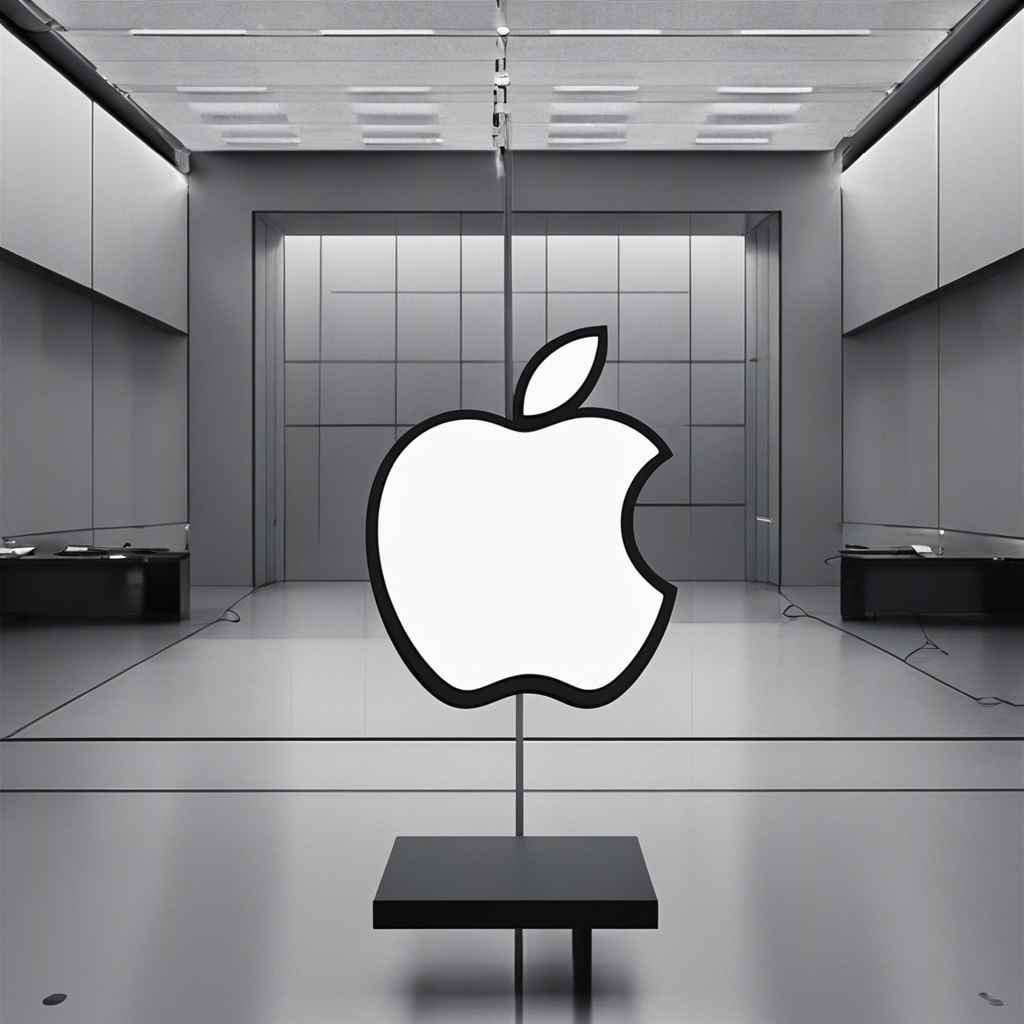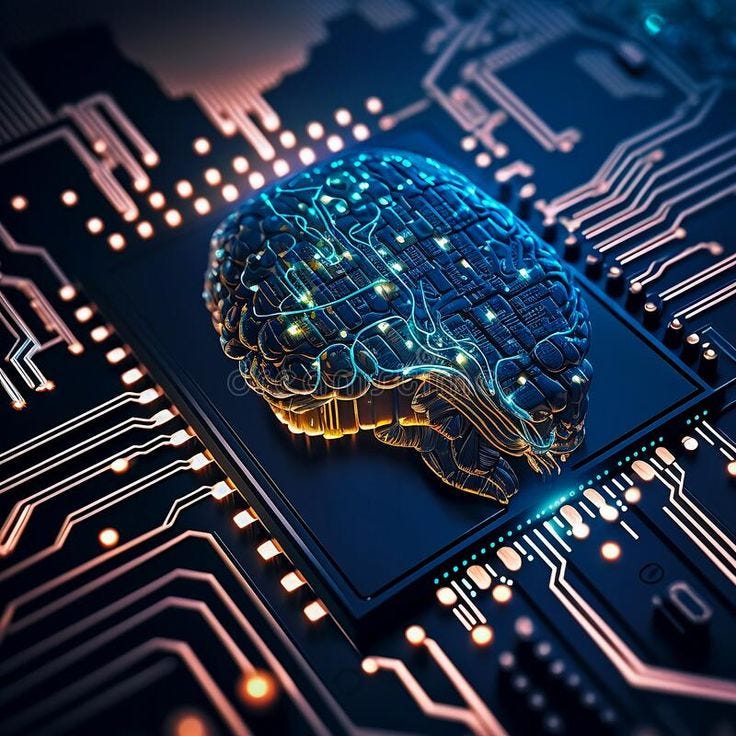Hey there! 👋 Let’s be real: between ChatGPT, DeepSeek, and a million other AI tools popping up daily, it’s easy to feel like you’re missing out on the “gold rush” of the digital era. But here’s the good news: you don’t need to be a tech genius to make money right now. You need to know how to work with AI, not against it.
I’ll share simple, human-friendly strategies (no robot jargon, promise!) that real people use to earn extra cash — or even replace their 9-to-5. Let’s dive in.
1. Let AI Do the Heavy Lifting (So You Don’t Have To)
Imagine this: You’re a freelance writer, but instead of staring at a blank page for hours, you type a prompt like, “Help me write a blog about vegan recipes for beginners.” Boom — AI gives you a rough draft. You tweak it, add your voice, and send it to the client. You just saved 3 hours.
How to start:
- Freelancing? Use free tools like ChatGPT or DeepSeek to brainstorm ideas, draft emails, or fix grammar. Charge clients for the final product — not the time you saved.
- Not a freelancer yet? No problem. Platforms like Fiverr or Upwork are full of people needing social media posts, basic websites, or product descriptions. Use AI to deliver faster and take on more gigs.
Real-life example: Sarah, a stay-at-home mom, uses Canvas AI tools to design Pinterest pins for small businesses. She works 10 hours a week and makes $500/month.
2. Turn “Copy-Paste” into Cash with Content
You don’t need to be Shakespeare to create content people love. AI can help you write, film, or design — you just add the personality.
Try this:
- YouTube on autopilot: Use a tool like Pictory.ai to turn blog posts (even ones you don’t write!) into videos. A channel about “AI hacks for busy parents” could earn ad revenue while you sleep.
- Instagram carousels: ChatGPT writes tips like “5 Budget-Friendly Meal Prep Hacks,” and Canva turns them into pretty graphics. Post them, grow a following, and partner with brands.
- Side hustle alert: Offer to run social media for local cafes or shops. Use AI to generate captions and hashtags — they’ll think you’re a marketing wizard.
3. Sell Stuff You Don’t Have to Create from Scratch
Digital products are the ultimate “work once, sell forever” side hustle. And AI can make them in minutes.
Ideas for lazy entrepreneurs (we see you):
- Ebooks: Ask ChatGPT, “Give me a 10-chapter outline for a guide to starting a podcast.” Fill in the gaps with your tips. Sell it on Etsy for $15.
- Printables: AI tools like MidJourney can create cozy wall art like “Coffee Lover Quotes.” Sell PDFs on Shopify or Ko-fi.
- Chatbots: Build a simple AI chatbot (using free tools like ManyChat) that helps small businesses answer customer questions. Charge $50/setup.
4. Teach What You (Barely) Know
You don’t need to be an expert — just one step ahead of someone else.
How to share the AI love:
- Start a TikTok or Instagram: Post 60-second tutorials like “How I Use ChatGPT to Save 10 Hours/Week.” Grow an audience, then promote your $29 “AI Hacks” ebook.
- Host a workshop: Use Zoom to teach retirees how to write emails with AI, or show students how to brainstorm essay topics. Charge $20/person.
- Sell prompts: Made a killer ChatGPT prompt for meal plans? Sell it on PromptBase for $5.
5. The Sneaky AI Side Hustles No One Talks About
- “Forgetful Friend” Service: Use AI to remind clients about birthdays, anniversaries, or pet vet appointments. Charge $10/month.
- Resell thrift store finds: Use AI tools like Google Lens to ID valuable items. Buy low, sell high on eBay.
- AI-powered dog sitter: Okay, not really — but you could use AI to auto-respond to booking requests while walking pups!
The Secret Sauce? Start Small.
You don’t need to quit your job or build the next Uber. Pick one idea that feels fun:
- Spend 20 minutes asking ChatGPT for blog ideas.
- Make a Canva template.
- Post a TikTok about your AI experiment.
Mistakes I made (so you don’t have to):
- I tried to automate everything and burned out. Now I let AI handle repetitive tasks, not creative ones.
- I thought I needed fancy tools. Nope — free versions of ChatGPT, Canva, and DeepSeek work great.
Final Thought: AI Isn’t Taking Your Job — It’s Your New Coworker
The goal isn’t to replace humans. It’s to ditch the boring stuff so you can focus on what humans do best: connecting, creating, and innovating.

